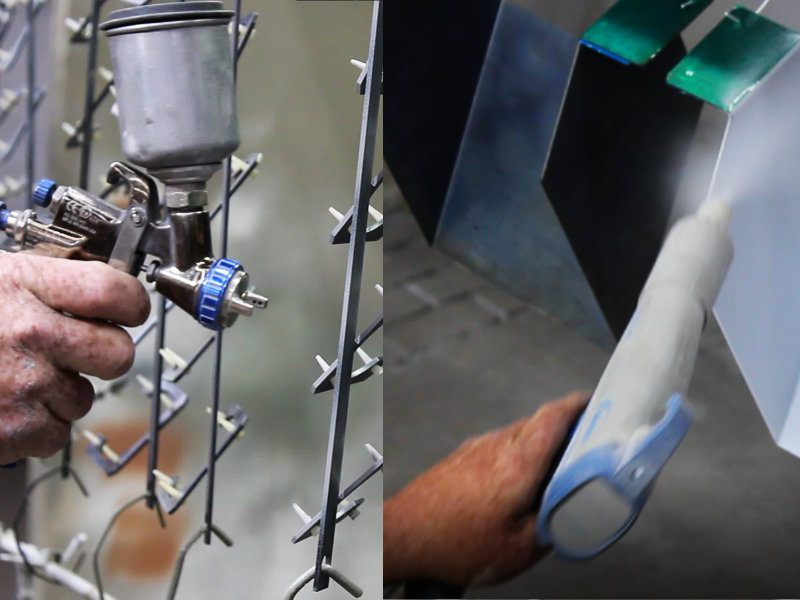Marine tank fabrication is a long process that involves lots of handling and precision. However, many think that it’s the normal fabrication process. If you want to run your boat or shop, it is mandatory to have some diesel. And with diesel, you have to store in a secure place.
Marine fuel tanks can either be made from aluminum or stainless steel. While many boats cruise is salty waters, stainless steel cannot withstand the test for long. Tanks made with 5052-grade aluminum alloy meet the set standards.
Designing a marine tank encompasses many complex procedures. If you are going to make one, you need to have advanced tools and equipment. Apart from the right tools, you need to have the ultimate expertise to perform the task rightly.
Skilled operators combine several engineering capabilities such as press breaking, bending, Tig welding, and plasma cutting.
The American Boat and Yacht Council (ABYC) have a set of recommendations;
- Grade 5086, 5083 or 5052 for aluminum fuel tanks
- Minimum thickness of 0.90 inches for smaller tanks
- Larger tanks should have a minimum thickness of 0.125 inches not exceeding 0.250 inches
These recommendations are set in place to ensure that marine tanks meet the designated structural requirements.
Why Aluminum?
Aluminum tanks are inarguably the best solution for fuel storage. Aluminum fuel tanks exhibit high strength and can run for years. The main reason is that aluminum has a higher density coupled with a lower melting point (660 °C).
Aluminum is highly ductile and malleable. This makes the production of aluminum parts easy, which makes it easy to be processed in the desired structure. These features enable aluminum products to endure minimum welds and remain water-resistant.
Aluminum fuel tanks are generally accepted for the storage of gasoline and diesel. Aluminum is among the most sought after materials for marine tank fabrication. It’s lightweight, durable, and offers corrosion resistance, a highly desirable feature for marine equipment.
You can seamlessly mold and construct aluminum tanks into your preferred design and shape. If you want a compatible fuel tank, you can think of aluminum. It is light, stable, clean, and a remarkable solution that brings the expected results. Aluminum tanks can cruise in rough seas without showing any signs of leaking.
Tips for Fabricating Aluminum Marine Fuel Tank
If you want to have a reliable marine fuel tank, sitting by the guidelines is critical. these tips will help you achieve the desired outcome;
- Ensure that your aluminum sheet meets the standards of the American Boat and Yacht Council (ABYC). It might be impossible to use tanks that don’t meet these structure guidelines.
- Secondly, ensure that you protect your tank from hazardous environmental elements. Aluminum is reactive, and coating it ensures that it does not react with elements such as water and oxygen.
- Since the tank gives life to the engine and efficiency, you have to ensure that it has all necessary features such as vents and replacement caps. Having these features optimizes the performance of your engine, which is mostly dependent on the fuel running into it.
- The amount of space where the tanks needs are to be installed determines its shape and size. Therefore, design a tank based on the amount of space you have.
- Conduct a pressure test to ensure that it will not leak any fuel.
Fabricating Your Marine Fuel Tank
If you want to design a marine tank, it’s recommended that you should consult professional fabricators. They will guide you on how to make a great boat fuel system, as well as how you can customize your marine fuel tank.




